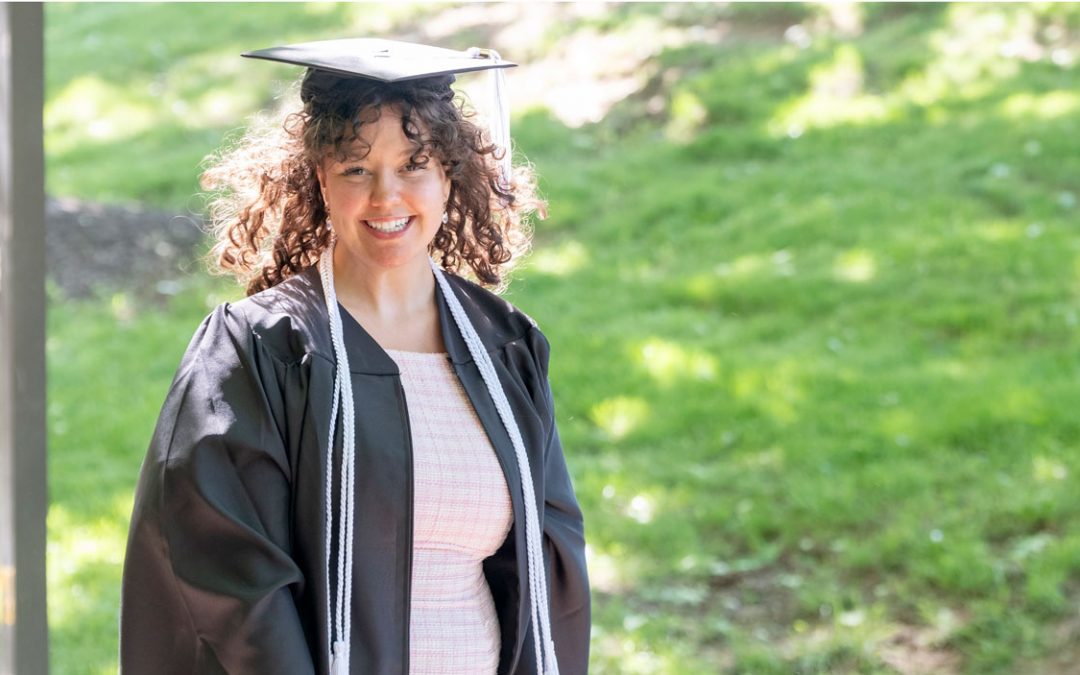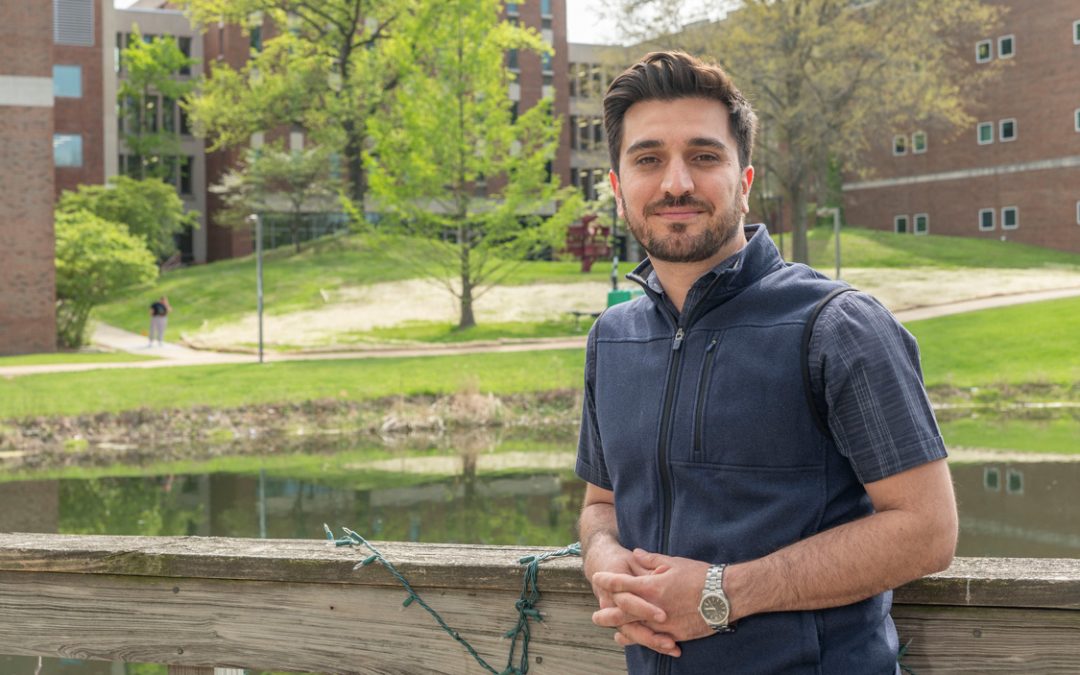Puchalski worked as a research assistant for Professor Erika Gibb and is continuing to intern at NGA’s Geoscience and Artificial Intelligence Application Lab.


Puchalski worked as a research assistant for Professor Erika Gibb and is continuing to intern at NGA’s Geoscience and Artificial Intelligence Application Lab.
Puchalski worked as a research assistant for Professor Erika Gibb and is continuing to intern at NGA’s Geoscience and Artificial Intelligence Application Lab.
Puchalski worked as a research assistant for Professor Erika Gibb and is continuing to intern at NGA’s Geoscience and Artificial Intelligence Application Lab.
Children’s Advocacy Services of Greater St. Louis is leading the charitable effort to benefit the children of the Cheyenne River Sioux Reservation in Eagle Butte, South Dakota.

Professor Erika Gibb and Assistant Teaching Professor Mohi Saki are studying the composition of comets with infrared spectroscopy to learn more about the building blocks of the early solar system.
Professor Erika Gibb and Assistant Teaching Professor Mohi Saki are studying the composition of comets with infrared spectroscopy to learn more about the building blocks of the early solar system.
Professor Erika Gibb and Assistant Teaching Professor Mohi Saki are studying the composition of comets with infrared spectroscopy to learn more about the building blocks of the early solar system.

Reece has assisted Professor Erika Gibb and Assistant Professor Mohi Saki with research utilizing the NASA Infrared Telescope Facility.
Reece has assisted Professor Erika Gibb and Assistant Professor Mohi Saki with research utilizing the NASA Infrared Telescope Facility.
Reece has assisted Professor Erika Gibb and Assistant Professor Mohi Saki with research utilizing the NASA Infrared Telescope Facility.

Saki and his research partners have been granted 13 hours of observation time and will study the composition of six Halley-type comets with high-resolution spectroscopy.
Saki and his research partners have been granted 13 hours of observation time and will study the composition of six Halley-type comets with high-resolution spectroscopy.
Saki and his research partners have been granted 13 hours of observation time and will study the composition of six Halley-type comets with high-resolution spectroscopy.